When the brain forces the body
Patients with obsessive-compulsive disorder, OCD, are held hostage by their own brains. And there is no ransom to be paid.
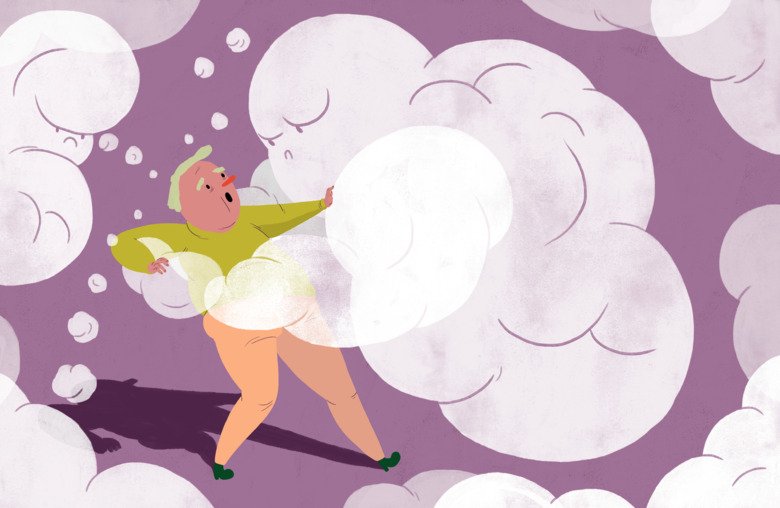
Text: Fredrik Hedlund, first published in the magazine Medicinsk Vetenskap no. 1/2020.
What if I left the stove on when I left the house!
A common thought that most of us have had at some point. But imagine if your thoughts were to spin on and you are suddenly the cause of a massive fire killing several of your neighbours, injuring some, and leaving the rest homeless. Imagine if this thought comes back to haunt you day after day after day. You just cannot get it out of your head, it is turning into an intrusive thought. But you do not know when it will happen. Or if it is the stove, the iron, or something electrical, or something you have not thought of yet.
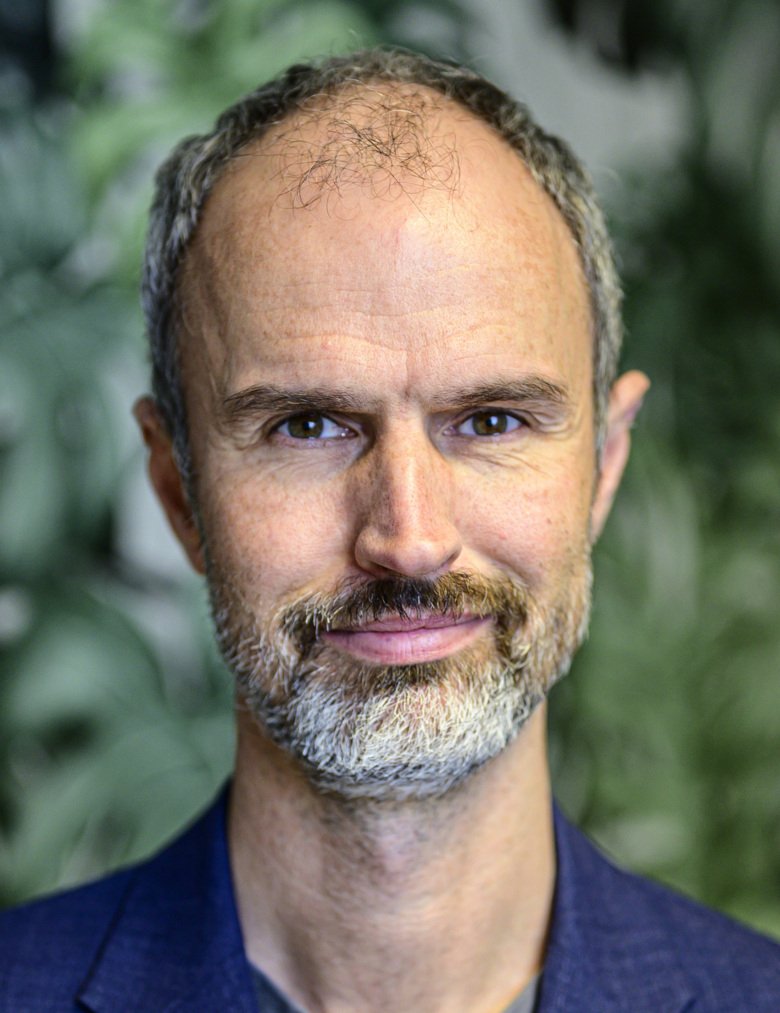
“Obsessive thoughts are intrusive thoughts experienced as though they originate outside of our own world of ideas, but they are hard to shake and the source of a lot of anxiety. They are often about difficult things like being the cause of something terrible, or a taboo thought. The character of these thoughts is always negative,” says Christian Rück, psychiatrist, professor at the Department of Clinical Neuroscience at Karolinska Institutet.
Of course you do not want to be the cause of a fire, or the death of your neighbours, so you make sure the stove is off before you leave. And the iron, and the other electrical things, and wait, did you check the stove? Better check again, just to be sure. And the iron, and...
“You deal with the anxiety by performing compulsive acts, rituals, that are often logically connected to the content of the intrusive thought. If you have compulsive thoughts about getting infected with something by touching a door handle you may be very careful when washing your hands in order to ensure you haven’t been contaminated. Or if you’re afraid of causing a fire you check your lamps, sockets, the stove, and your iron multiple times,” says to Christian Rück.
It is not unusual to have thoughts of this kind, but most people can set their anxiety aside and let these thoughts pass.
“People with OCD can’t ignore the thoughts, they invade them,” says Christian Rück.
Negative impact on the patients’ life
The compulsive acts to alleviate the anxiety often develop into rituals that have a negative impact on the patients’ life and quality of life. Some patients spend several hours each morning checking the stove, iron, lamps, and so on. For others it is not enough to wash their hands if they have been outside and touched a handle, but they need to shower for hours. Despite running out of hot water long ago they will feel compelled to stay there, unable to leave the shower.
“The first OCD patient I saw as a medical student checked the petrol lid on the car for two hours when filling up the tank. This was really difficult for him as he understood that others thought it was strange that he didn’t move his car after filling up, but he just couldn’t stop,” Christian Rück recalls.
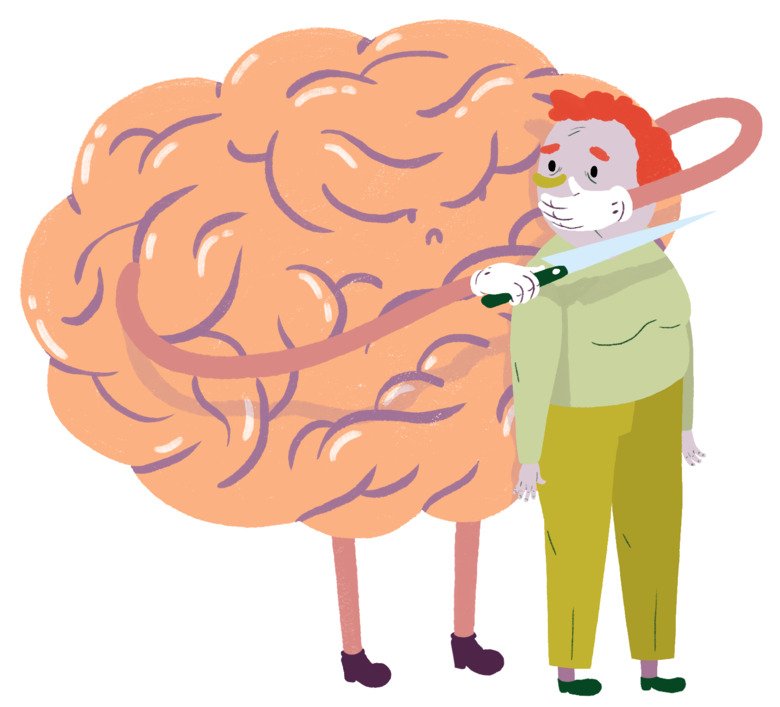
Some compulsive acts lacks logical connection to the intrusive thoughts and involve a large degree of magical thinking. If, for example, you’re avoiding stepping on certain well covers because they are bad luck, or forcing yourself to read books backwards to insure that no one in the family dies, there is no reasonable connection between the act and its supposed effect. Patients often know this on an intellectual level, yet they still follow their routines. Why is this?
“I imagine it’s to do with feelings of insecurity and the consequences of doing something wrong. If the petrol lid isn’t on, if I didn’t turn the lights off, if I didn’t lock the door, then my child or someone in the family could die. The perceived consequences are devastating. If my child dies, that’s significantly worse than if I check my petrol lid for two hours,” says Christian Rück.
In the moment, the act sooths the anxiety created by the intrusive thought, creating a direct reward in the completion of the ritual no matter how illogical it is. However, given enough time the behaviour will reaffirm the connection to the act “I didn’t step on a single well cover today and look, not a single dead relative. I best continue so they make it through tomorrow as well”.
In the latest diagnosis manual, DSM-5 of 2013, obsessive-compulsive disorder is connected to hoarding disorder, body dysmorphic disorder, trichotillomania (hair-pulling disorder), and excoriation (skin-picking) disorder in a group referred to as Obsessive-Compulsive and Related Disorders. There are multiple similarities between the conditions, but also differences, meaning that the connection between them is not evident. One similarity however is the treatment.
“For most of these conditions cognitive behavioural therapy (CBT) is the primary treatment” says Christian Rück.
Practicing new behaviours
CBT is a collective name for psychotherapies where the individual trains to use new behaviour and thought patterns in order to reduce psychological difficulties. The treatment is well researched and there is plenty of evidence towards its positive effects. Simply put, it is often a matter of being exposed to the thing you fear or feel anxious about and then practicing not reacting the way you usually would.
“In the case of OCD it would be a question of exposing yourself to the difficult thoughts without engaging in the associated compulsive act. If I feel the need to make a round at home to check the lights, stove, sockets, cords, etc. for half an hour before leaving my house, the idea is for me to leave home without doing the checks and without turning back, despite feeling insecure and extremely anxious,” says Christian Rück.
Exposure begins with something relatively simple that is then escalated slowly during a twelve-week period, then the treatment is complete.
“This is based on the patient starting to see that this connection between what they do and what they believe the effect will be, isn’t correct,” he says.
This is no miracle cure, but it works well according to Christian Rück.
“In the studies we see that more than half of the patients have a 50 per cent reduction on OCD symptoms. At an individual level it is possible to be cured in the sense that you’re rid of all the symptoms obstructing your everyday life,” he says.
A feature of the treatment is that it creates a positive spiral that supports the effects of the treatments after its completion.
“When the intrusive thoughts are no longer perceived to be as important, we often see that patients let them go completely. The compulsion simply fades away,” states Christian Rück
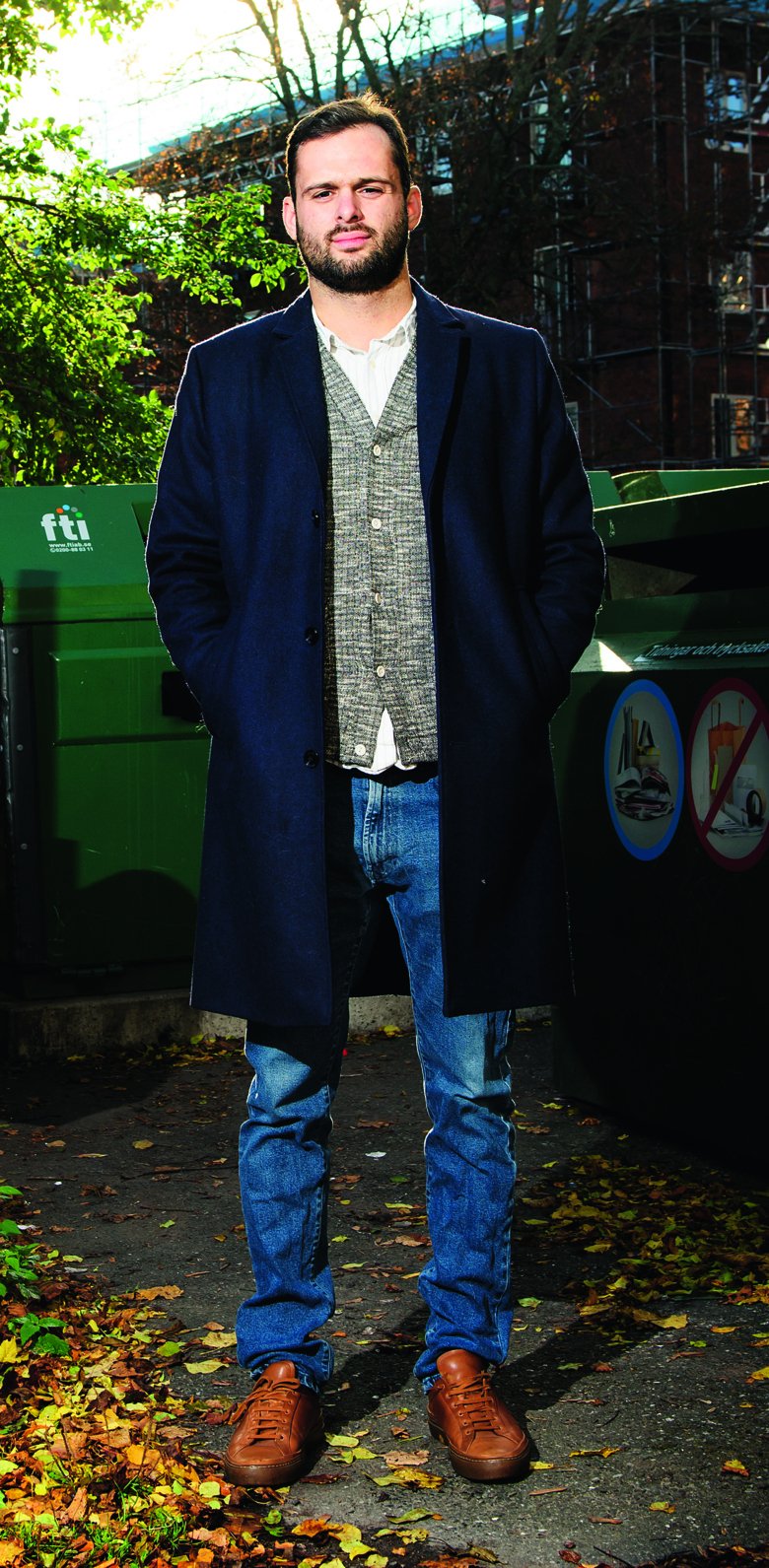
Where the origin of the obsessive-compulsive disorder is an intrusive negative thought leading to a self-soothing act to reduce the anxiety, it is more likely to be the other way around when dealing with hoarding disorder.
“It’s not like you have a compulsive thought about needing something in order to prevent something bad from happening, so you go buy it. Instead it’s about a genuine desire, an urge to acquire new items and about you genuinely liking your things,” says Volen Ivanov, licenced psychologist and researcher at the Department of Clinical Neuroscience at Karolinska Institutet.
Hoarding disorder is a new diagnosis, introduced in the diagnostic manual in 2013. Patients collect large amounts of things which eventually lead to problematic consequences in their everyday lives, such as cluttered apartments that become difficult to live in. But the condition is not new.
Two of the best known cases are the Collyer brothers in New York, who both died in March 1947 when one of the brothers suffocated to death as a result of being trapped in falling debris in a tunnel he was crawling through to get food for his blind brother who then starved to death. 120 tonnes of objects were later removed from their home, including 25,000 books, 14 pianos, a number of rusty bikes, a weapons collection, bowling balls, watches, eight living cats, a large amount of papers and tens of thousands of empty bottles and cans. The brothers’ lives have been depicted in pop cultural books, movies, and plays.
“This behaviour is probably as old as time itself. If you think about it from an evolutionary standpoint, being creative about objects, caring for them, and acquring more things have been a positive human instinct. But it becomes a problem when there are so many things that are so easy to acquire,” says Volen Ivanov.
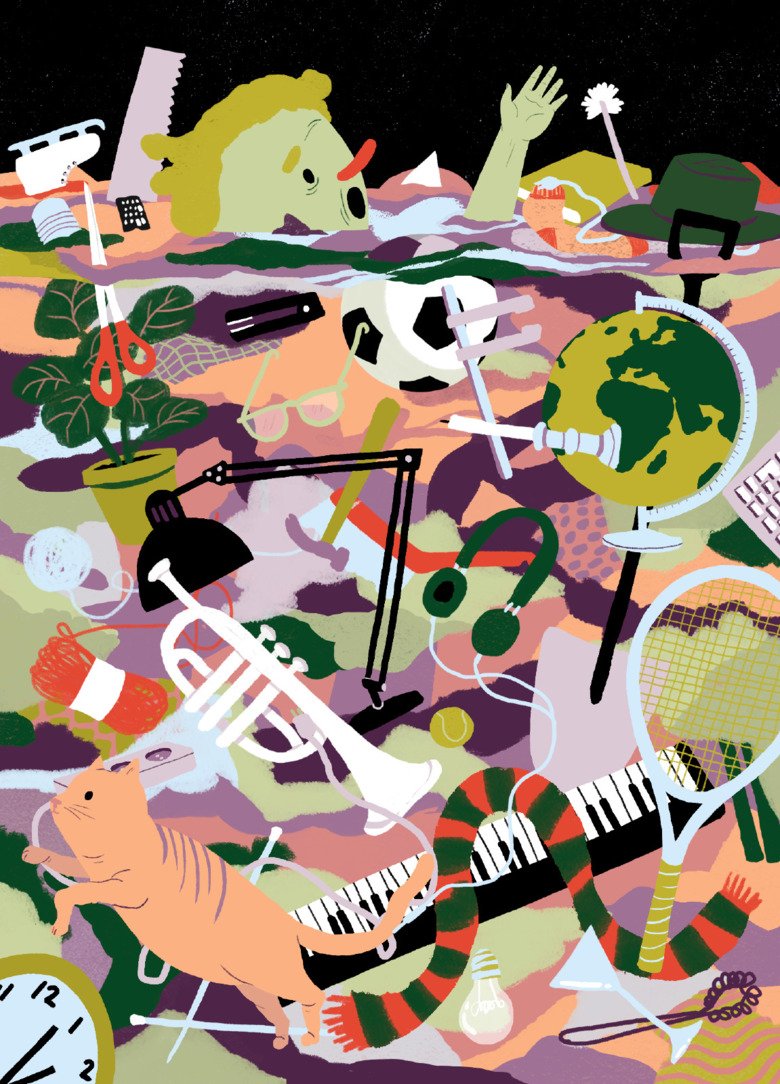
The patients themselves rarely experience this as a problem. The patients’ own insight into their disorder is often limited, and it is often relatives or landlords who react and more or less force the patients into treatment. When they, reluctantly, come into contact with the health service they are often already in their 50s, and have lived with their hoarding disorder for a long time.
Eccentric lifestyle or hoarding disorder?
Not only are patients reluctant to seek treatment, but the treatment does not work as well as it does with obsessive-compulsive disorder. The primary treatment, CBT, where the patient learns organisational skills and is exposed to the experience of cleaning out their home and resisting the urge to collect more things, resulted in one study in a 14 per cent reduction of symptoms after twelve weeks and a 40 per cent reduction after 26 weeks.
“There are still major practical problems in dealing with the things, even for those who’ve successfully completed CBT treatment. Few are able to sort through their things in the comparatively little time they’re actively participating in CBT treatment.
Additionally, there is not the same positive spiral to increase the effect of the treatment once it has been completed.
“Patients don’t have a specific concern about something bad happening if they throw something away. Instead they worry they’ll miss the thing they’re throwing away, and the truth is they might. People with hoarding disorder tend to plateau after treatment, without improving or deteriorating, they just stop,” says Volen Ivanov.
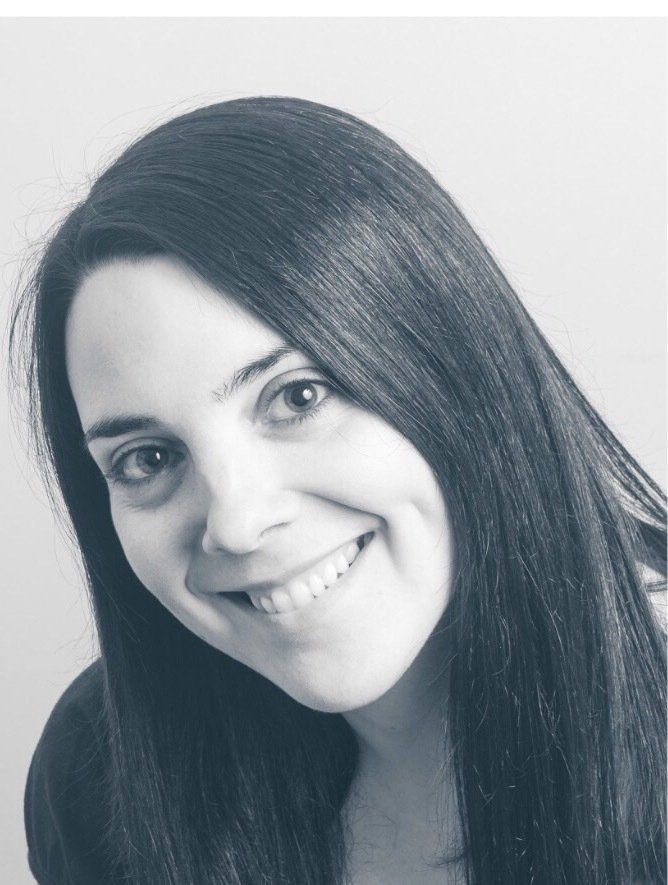
Another group that has slipped under the radar, just like people with hoarding disorder, are those suffering from body dysmorphic disorder. These are individuals that fixate on perceived flaws in their appearance that are unnoticeable to others. They spend hours every day staring into mirrors and camouflaging the displeasing body parts.
“In terms of numbers, body dysmorphic disorder is comparable with OCD as it affects about two per cent of the population, though it is far less well known. Therefore, body dysmorphic disorder is both underdiagnosed and undertreated in the healthcare sector,” says Lorena Fernández de la Cruz, a licensed psychologist and researcher at the Department of Clinical Neuroscience at Karolinska Institutet.
This means many people are suffering in silence. Lorena Fernández de la Cruz believes that one of the reasons is that the illness generally starts when the patient is in their teens, at about the same time teenagers normally become aware of their bodies and start spending a lot of time in front of the mirror. This may make it hard for parents to determine what is normal teenage fixations on looks and makeup, and what is actually a disease.
“A teenage girl can spend an hour doing her makeup, sometimes with friends, trying things out just for fun. However, someone with body dysmorphic disorder will have the need to spend three hours doing their make up to mask their ‘horrible nose,” she says.
Someone with body dysmorphic disorder will also seek reassurance from the people around them.
“They’ll ask others if their nose looks good, if they need more or less makeup, or if they need to try to conceal one thing or another,” says Lorena Fernández de la Cruz.
The amount of time spent camouflaging often leads to poor school attendance, and patients with body dysmorphic disorder often also suffer from depression and anxiety.
Expressed differently in women and men
But teenage girls are not the only ones affected; population studies show that the gender distribution for body dysmorphic disorder is fairly even. However, the disorder can be expressed differently in women and men.
“There’s a specific type of dysmorphic concern called muscle dysmorphia. That’s when the person worries about their muscles not being big or prominent enough, and this is much more common in men,” says Lorena Fernández de la Cruz.
Another reason many patients slip under the radar is that they do not seek help, or at least not in the right place.
“If I believe that my nose is too large, I’m not going to call a psychologist or a psychiatrist for help. These patients will instead seek out the help of dermatologists, plastic surgeons, or dentists. Patients often don’t realize that they are overly concerned with their appearance, instead, they think they have an actual defect and they want to fix it,” she explains.
Although the research is scarce, anecdotal reports indicate that patients with body dysmorphic disorder who go to plastic surgeons are rarely pleased with the results, because actually the problem is not the nose or whatever else they are seeking help for. Since they are not happy with the results, they may undergo further surgeries, or accuse the surgeon of malpractice.
“Therefore, I think it would be wise if patients wishing to undergo plastic surgery were screened for body dysmorphic disorder,” says Lorena Fernández de la Cruz.
There is a dark side to this condition. Patients with body dysmorphic disorder, like patients with classic obsessive-compulsive disorder, have a significantly increased risk of suicide than the average population.
Lorena Fernández de la Cruz believes that the combination of a common but underdiagnosed disorder and the elevated suicide risk is a deadly combination that ought to be payed significantly more attention.
“We need to make plastic surgeons, dermatologists, dentists, and general practitioners aware of the existence of this disorder, teach them to recognize it and have them send those patients to us so they can receive the right treatment,” she states.
The first line of treatment will be CBT, but these patients may be harder to treat than those with OCD, according to Lorena Fernández de la Cruz.
“It is not always possible to follow a predetermined treatment plan. Sometimes the patient will be late to treatment because they needed extra time to get ready, sometimes they will have a bad day and sometimes we’ll need to address the patient’s suicidal thoughts. This makes treatment more difficult,” she says.
“It won’t always be possible to follow a treatment plan. Sometimes the patient will be late to treatment because they needed extra time to get ready, sometimes they have bad days and sometimes we’ll need to address the patient’s suicidal thoughts. This makes treatment more difficult,” she says.

The fourth member of the group Obsessive-Compulsive and Related Disorders is skin-picking and hair-pulling, or skin-picking disorder and trichotillomania as they are properly named, are probably the furthest stretch from the core group.
Trichotillomania – to pull hair from the scalp, eyebrows, or pubic area – is described in medical literature spanning back to the 19th century, but was first recognised as a diagnosis in 1987, when it was considered an impulse-control disorder. Skin-picking disorder – to pick at the skin – was classified as a separate diagnosis as recently as 2013 when both trichotillomania and skin-picking disorder were brought into the OCD group. But there is still some controversy regarding whether they truly belong there.
“There are many similarities, but a fundamental difference seen in some of these patients is the positive emotions associated with the picking or pulling, some almost experience it as a pleasure. Of course they realise that the behaviour has negative consequences due to the bald spots on their scalps and damaged skin, but it’s still associated with something positive,” says Mia Asplund, licensed psychologist at the Anxiety Unit at Psykiatri Nordväst and PhD student at the Department of Clinical Neuroscience at Karolinska Institutet.
She recounts that patients often describe being driven by strong impulses to pick, and they will continue despite multiple attempts to stop.
Researchers usually categorise the picking into two types. A less focused, automated type where the picking or pulling is almost unconscious, and another more focused type where it is either about seeking satisfaction or trying to regulate the feelings that triggered the pulling.
“Most patients are afflicted with both kinds, but to varying degrees. Based on that, you can direct treatment differently,” says Mia Asplund.
These conditions are also underdiagnosed. There is little knowledge of this in health care, but even patients given the diagnosis are stumped at having one.
“Many of the patients I see have come to the realisation only in the last couple of years, as adults, that what they have is a disorder, a diagnosis that afflicts others as well. Most of them just think of it as something weird they do. A bad habit,” according to Mia Asplund.
Another thing separating them from other OCDs is the gender distribution. Women suffer this a lot more than men. Why that is remains unknown.
In her research, Mia Asplund has modified an individual CBT treatment protocol into a group treatment that she has tried with both trichotillomania and skin-picking disorder patients in mixed treatment groups.
“The results were promising, with moderate to strong effects in line with earlier treatment research,” she states.
She explains that it is a first step in increasing the availability of evidence-based treatments for these disorders. The next step will be to develop internet delivered CBT for these disorders in order to offer help to more patients throughout Sweden, regardless of where they live.
